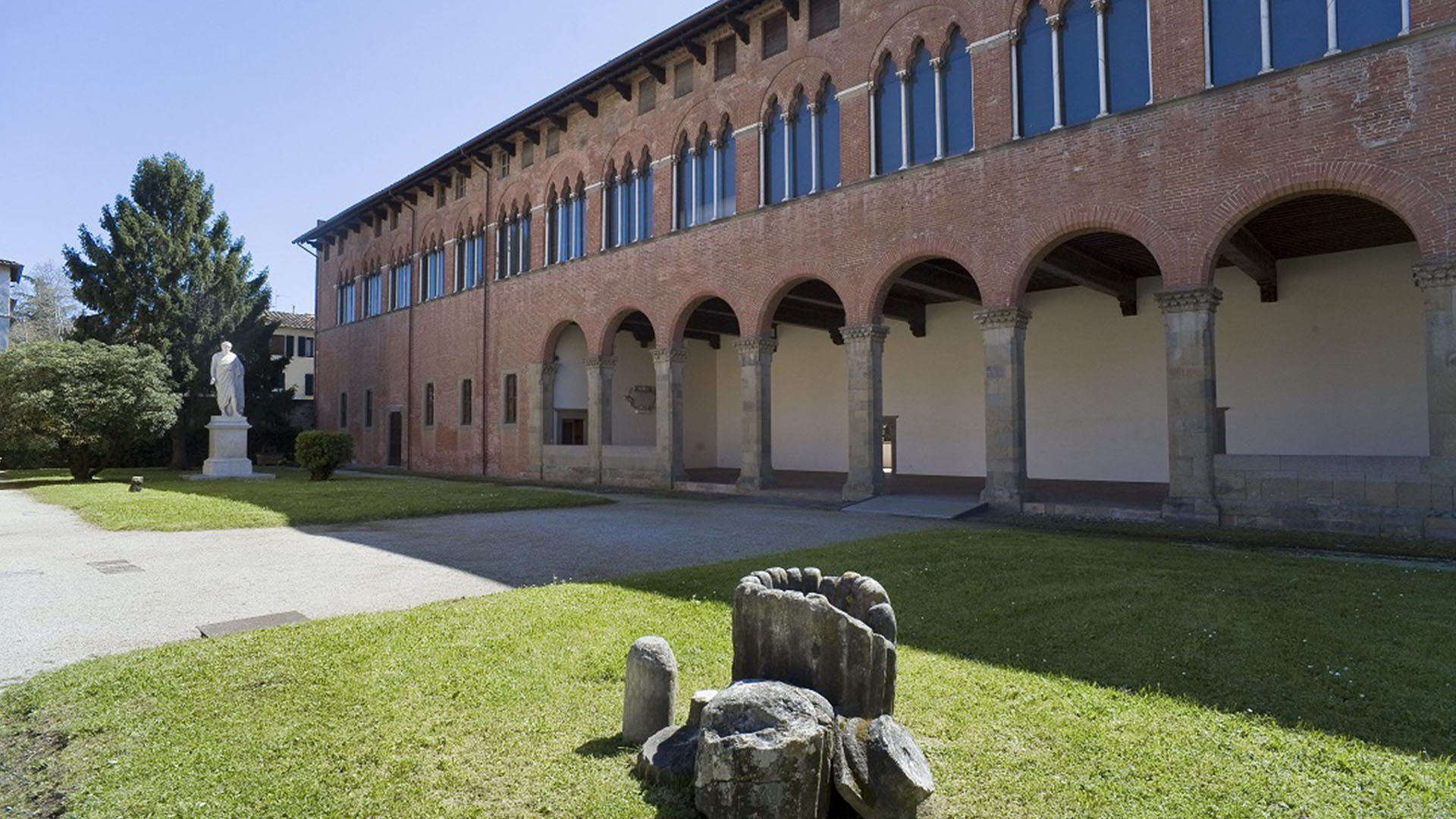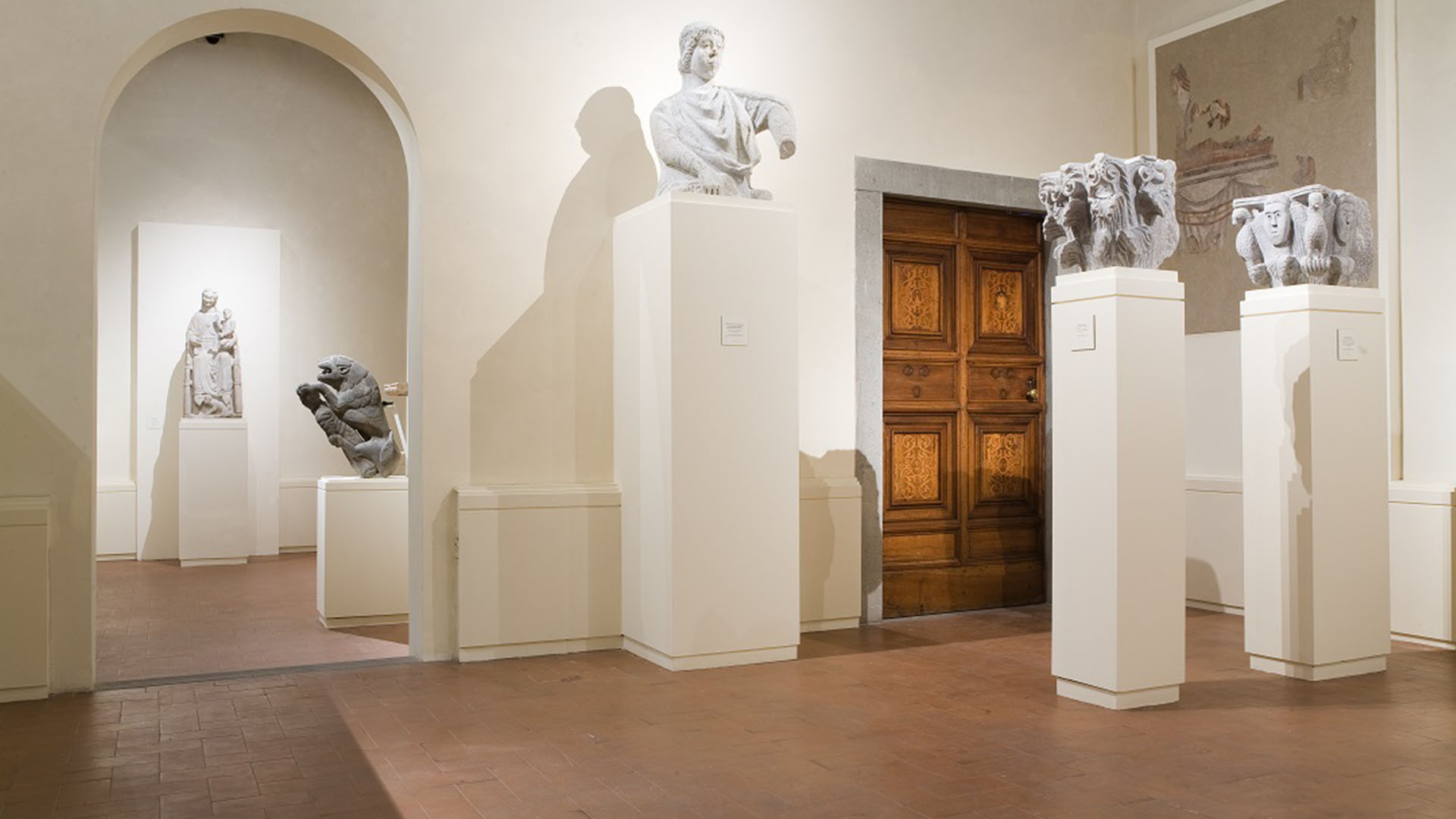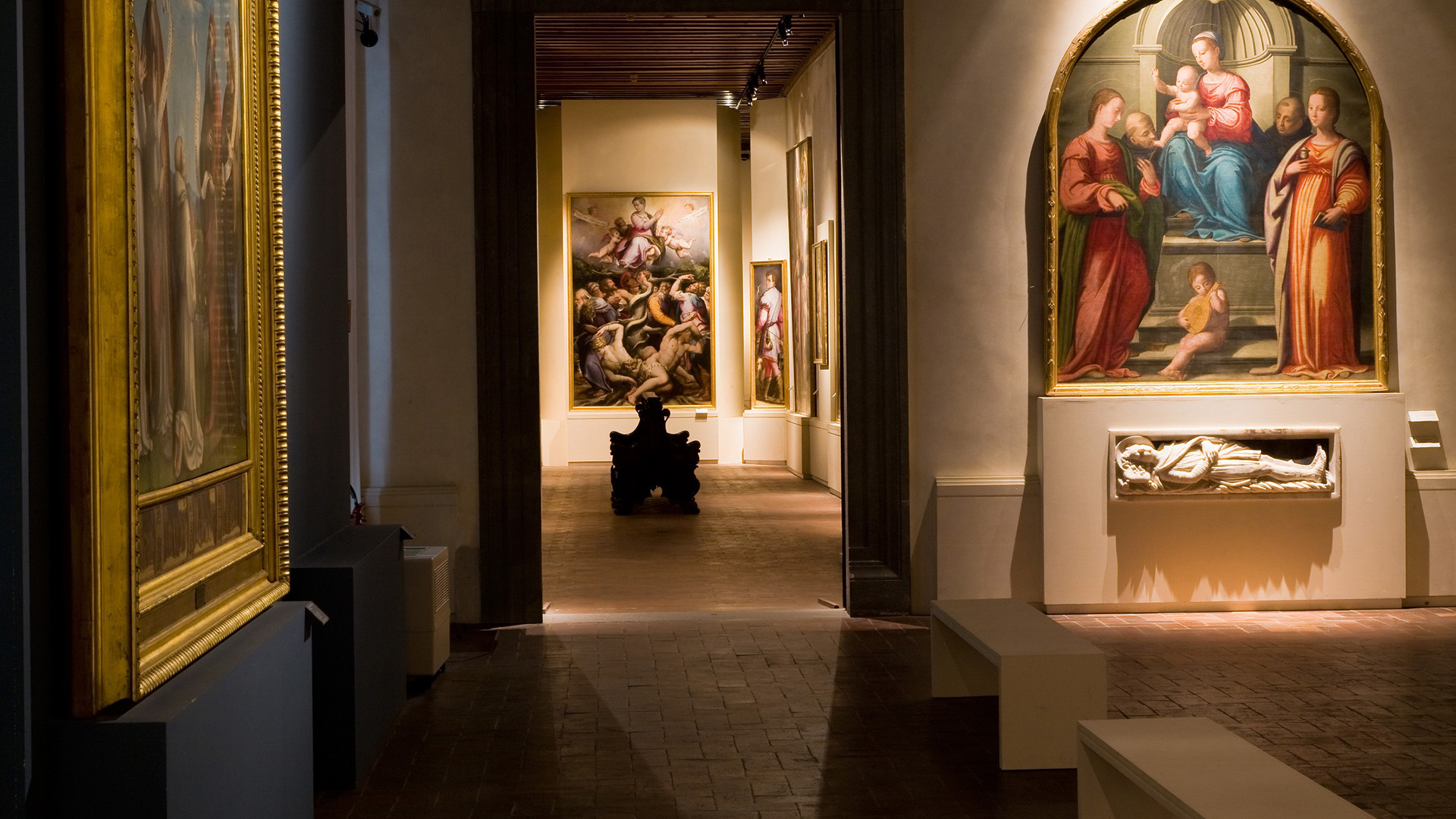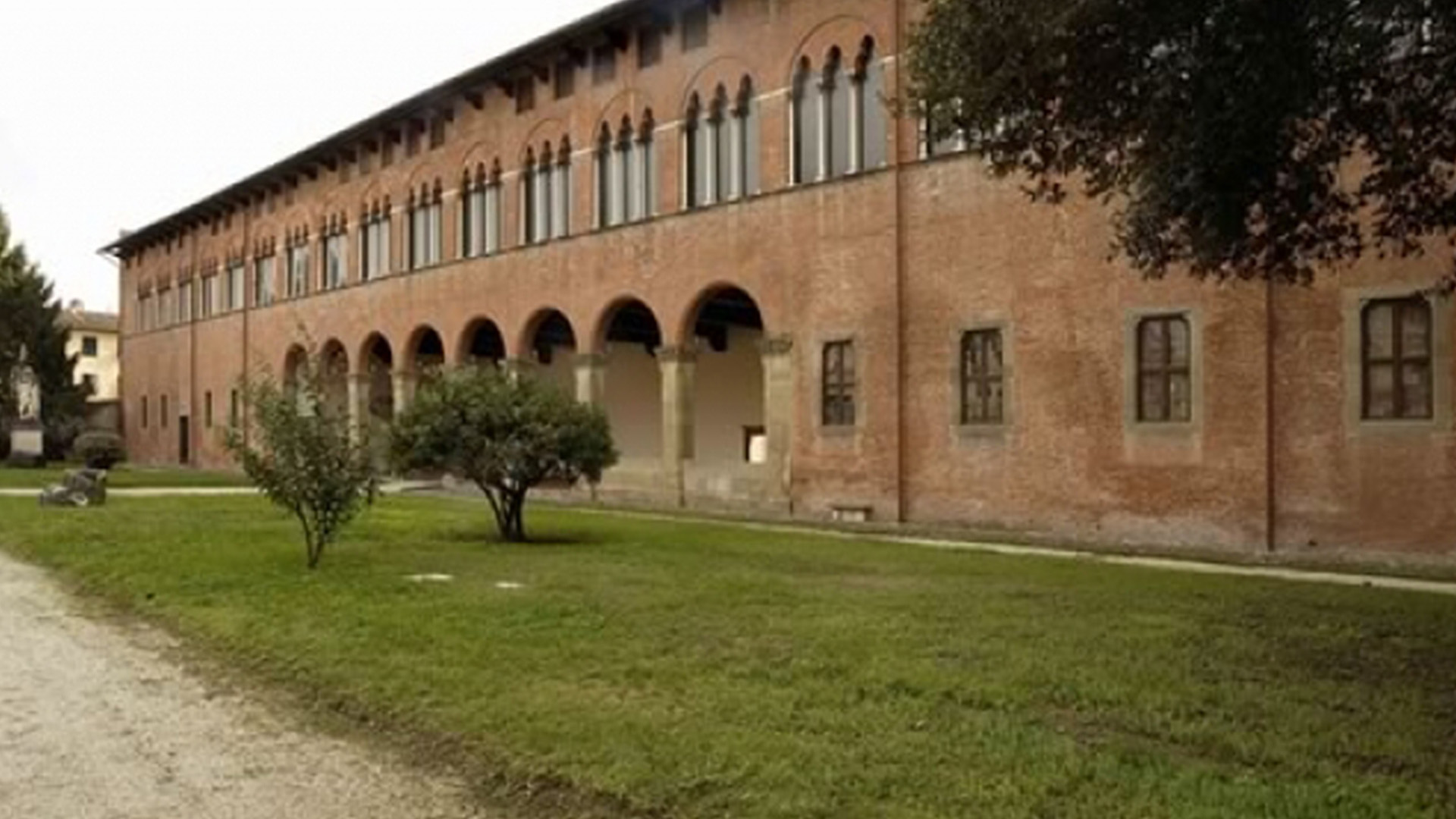The National Museum of Villa Guinigi is located in the eastern part of the city, in the imposing late Gothic-style villa built by the Lord of Lucca Paolo Guinigi from 1413. It was originally a representative summer residence outside the 13th-century city Walls, later included within the Renaissance Walls.




CONTACT
ADDRESS: Via della Quarquonia, Lucca
PHONE: 0583.496033
EMAIL: pm-tos.museilucchesi@beniculturali.it
WEBSITE: luccamuseinazionali.it
It is the museum of the city and its territory, with an interesting collection of works of art produced for Lucca by local and foreign artists active in the city for ecclesiastical and secular patrons.
In the rooms of the villa, the history of the city can be traced, starting from the 8th century B.C. with archaeological findings from ancient civilisations (the Etruscans, the Apuan Ligurians and the Romans), crossing all epochs, from the early Middle Ages to the Romanesque, from the Gothic to the Renaissance, up to the Counter-Reformation and Neoclassicism.
Among the museum's most valuable and prestigious works there are the artefacts of Longobard goldsmithing dating from the 8th century, from excavations conducted in the area of the church of Santa Giulia (fragments of belt decoration, a cross-shaped pendant, refined shield seals).
The valuable Crucifix by Berlinghiero Berlinghieri (tempera on panel from the 13th century) and several works by the most important Tuscan sculptor of Renaissance outside Florence, the Lucca born Matteo Civitali, including the intense and expressive marble depictions of Madonna and Child and the wooden statue of the Vir dolorum.
From the early 16th century there are the two altarpieces by the Florentine Dominican friar and painter Fra' Bartolomeo, the Madonna of Mercy and the Eternal with St. Catherine and St. Mary Magdalene.
The interesting Allegory of Liberty of Lucca by the local painter Paolo Guidotti (1611), the enormous canvas Convito di San Gregorio Magno by the greatest exponent of 'Caravaggesque' painting in Lucca Pietro Paolini, the Ecstasy of St Catherine and the Martyrdom of St Bartholomew by Pompeo Batoni, an important Italian painter of the second half of the 18th century.
